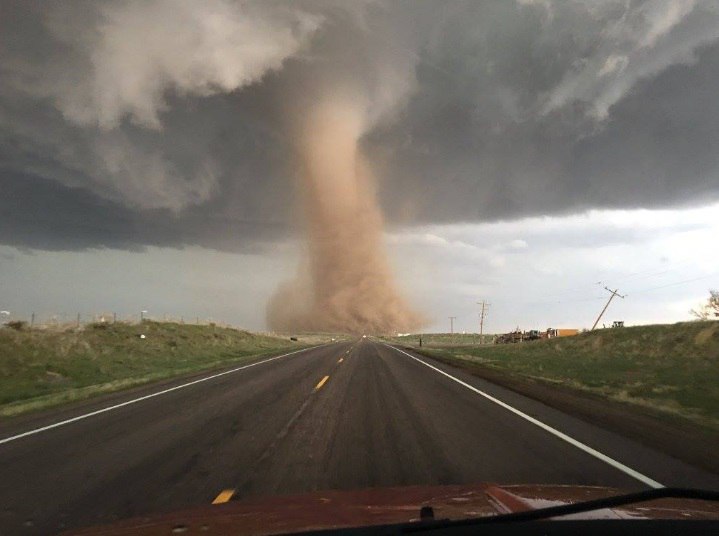

Of the 131 papers now examined in this report over the last six years, approximately 65 percent have identified a role for climate change, while about 35 percent have not found an appreciable effect. In the report, 21 of the 27 papers in this edition identified climate change as a significant driver of an event, while six did not. No conclusive link to climate change was found by scientists examining severe drought in Brazil, record rains in Australia, or stagnant conditions creating poor air quality in Europe. Researchers found that climate change had reduced the likelihood of the cold outbreaks experienced in China and western Australia in 2016. The new research found climate change increased the risk of wildfires in the western U.S., and the extreme rainfall experienced in China, along with South Africa’s drought and resultant food shortages.

It features the research of 116 scientists from 18 countries - including five reports co-led by NOAA scientists - who analyzed historical observations and changing trends along with model results to determine whether and how climate change might have influenced an extreme event or shifted the odds of it occurring. The sixth edition of Explaining Extreme Events from a Climate Perspective offsite link presents 27 peer-reviewed research papers that examine episodes of extreme weather across six continents and two oceans during 2016. The report included research from NOAA scientists.Īdditionally, climate change was found to have influenced other heat events in 2016, including the extreme heat in the Arctic, development of marine heat waves off Alaska and Australia, as well as the severity of the 2015-2016 El Nino, and the duration of coral bleaching in the Great Barrier Reef. The UN talks in Marrakesh are tasked with implementing the accord, which entered into force last week.According to a new research report published today in a special edition of the Bulletin of the American Meteorological Society offsite link, the 2016 global average temperature and extreme heat wave over Asia occurred due to continued long-term climate change. The Paris Agreement, the world's first universal climate pact, vows to cap global warming below 2.0 C (3.6F), and 1.5C (2.7F) if possible. It was the first year in which the average global surface temperature-across land and sea-was a full degree above the pre-industrial era benchmark.Īn authoritative report on climate change and extreme weather by the UN's top science body published in 2011 included data only through 2010, so the new report is the first major overview of trends since then. But most of the increase comes from melting ice sheets, sitting atop Greenland and West Antarctica.Ģ015 set a number of dubious climate records, the WMO noted. Ocean rising is due in part to the fact that water expands as it warms. The pace of sea level rise has also picked up, nearly doubling in the 25 years since 1993 as compared to a reference period of 1900 to 2010. The "signal" of human influence is somewhat less strong for precipitation, whether more or less rain or snow. The pace of sea level rise has nearly doubled in the last 25 years, mostly because of melting ice sheets in greeland and West Antarctica Other big killers included Typhoon Haiyan in the Philippines in 2013, and the 2015 heatwaves in India and Pakistan.Įconomic damage has mounted too, led by flooding in Southeast Asia in 2011 and Hurricane Sandy the following year, which together caused more than $100 billion (90 billion euros) in damage. The vast majority of excess deaths-those attributed to the added impact of climate change-occurred during the 2010-2012 drought in East Africa. Some 300,000 people perished in climate-boosted catastrophes during the 2011-2015 period, the WMO calculated. These unprecedented temperatures were coupled with rising seas, adding to the destructive power of storms already amped up by warmer, moister air, the report said.Ĭlimate change "has increased the risks of extreme events such as heatwaves, drought, record rainfall and damaging floods," WMO Secretary-General Petteri Taalas said in a statement. The last half-decade was the warmest five-year stretch on record, with 20 the hottest of all. More than 50 percent of major extreme weather events from 2011 to 2015 showed the telltale fingerprint of human-induced global warming, the World Meteorological Organization (WMO) reported on the sidelines of United Nations climate talks in Marrakesh.


 0 kommentar(er)
0 kommentar(er)
